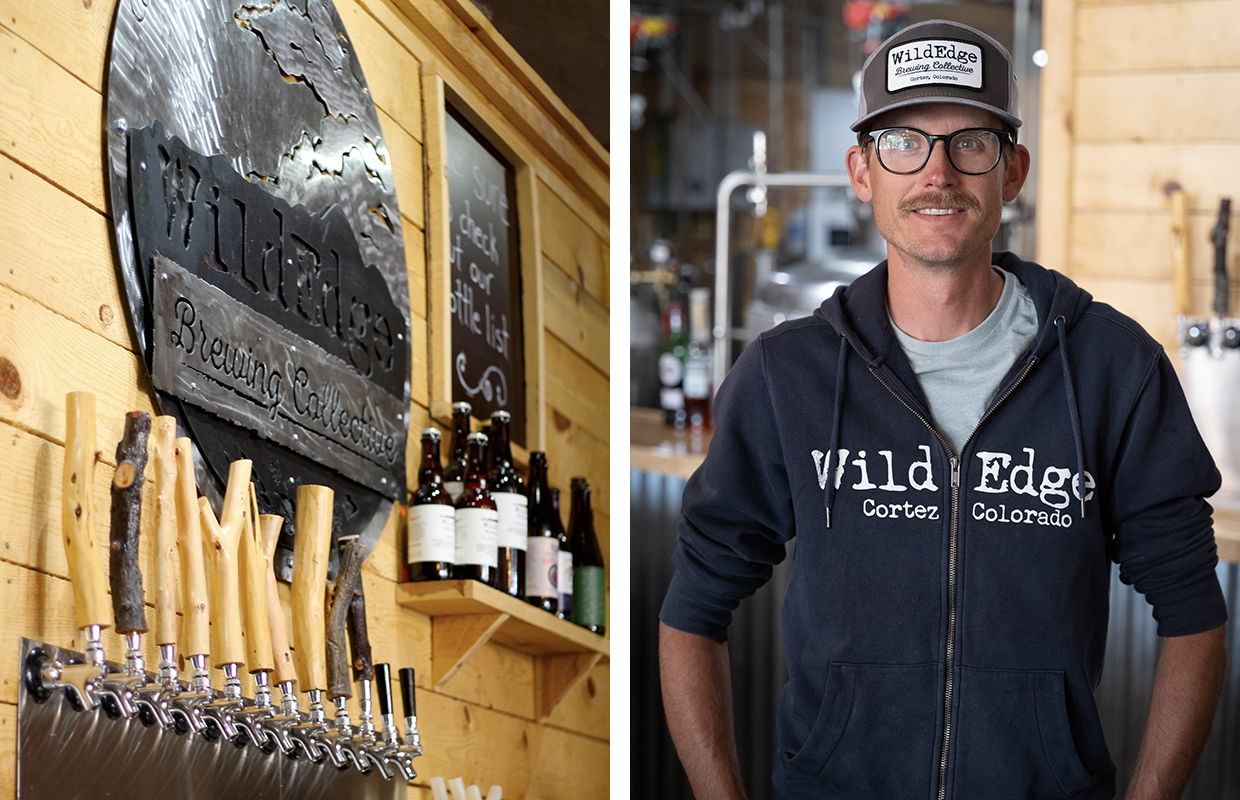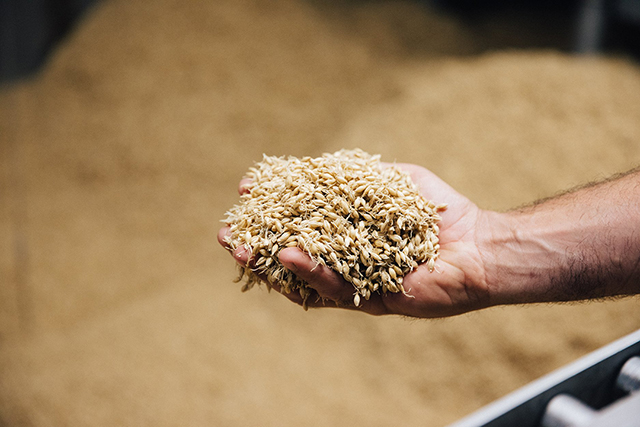
Craft breweries across the country are adopting unique strategies to drive growth, innovation, and consumer engagement. While traditional methods still play a critical role, many are increasingly embracing new trends and approaches to keep pace with the evolving landscape.
A style that has historically been overshadowed by the dominance of IPAs, one of the key developments in the industry has been the growing focus on Lagers.
“I’m elated that we’re seeing so much traction across the industry with craft Lagers growing in popularity and staying power with the consumer,” said Chris Piscitello, head brewer at Wooden Robot in Charlotte.
For breweries looking to diversify a portfolio, exploring non-traditional, hop-forward Pilsners could be an avenue worth pursuing. Piscitello himself has been experimenting with West Coast and New Zealand Pilsners, styles that push boundaries while staying true to the clean and crisp characteristics of the Lager family.
Another exciting trend is the reimagining of seltzers, but with a craft beer twist. Cory King, owner and brewer at Side Project in St. Louis, explains that his brewery has been slow to adopt mainstream trends but has found seltzers to be an unexpected creative outlet.
“Using seltzers as a channel for all of the different techniques for utilizing fruit and for using them as a base to be aged in a spirits barrel first is interesting and has produced some of the better-tasting ‘trendy’ things I have had recently,” King told Brewer recently.
While seltzers might not seem like a natural fit for every brewery, they offer a chance to experiment with new flavors and techniques, potentially appealing to consumers who are looking for something beyond traditional beer offerings.
Douglas Hasker, in charge of brewery operations at Puesto Cervecería in San Diego, highlights another valuable lesson for brewery operators: the importance of building a talented team.
“I’m fortunate with Puesto to be surrounded by the most talented people in every position. The team assembled here is second to none,” Hasker said.
Whether it’s can design, social media, or marketing, having a strong and capable team in place is essential for ensuring that every aspect of the business operates at the highest level.
While it may not be a new industry trend, Hasker believes that “surrounding yourself with very talented people is something every brewery operator should experience.”
This advice underscores the idea that a brewery’s success often hinges on more than just the beer itself.
Hasker is also excited about experimenting with dry-hopping pilsners, a technique that traditionally wasn’t associated with the style.
“We’ve been playing with adding hops to our pilsner after fermentation, ala the Italian Pilsners, or even the West Coast IPAs,” he said. “The results are phenomenal.”
This willingness to challenge conventions and introduce unexpected elements into classic styles is a great example of how brewers can stay innovative while maintaining a connection to traditional brewing techniques.
On the other side of the spectrum, some breweries are branching out into beverages that push the boundaries of what’s considered “craft beer.”
Dylan Salvatore, head brewer at Dockside in Milford, Connecticut, admits he feels “sinful” in suggesting Hop Water as a trend to embrace.
READ MORE: How CraftHaus Dialed in its Hop Water
While Hop Water may seem like a departure from beer, it represents a broader trend toward health-conscious beverages and diversification. For Salvatore, it’s about exploring new territory while still staying true to the craft ethos of creating flavorful, high-quality products.
Sustainability is also becoming a driving force for many breweries, especially when it comes to branding and packaging.
John Warren, brand manager at Pedal Haus in Phoenix, emphasizes how eco-friendly practices can be a key differentiator in a competitive market.
“Sustainability is increasingly becoming a major driver of innovation in beer packaging, and branding,” he said. “We see breweries across the country and especially throughout the state of Arizona, using organic ingredients and eco-friendly practices to brew their beer and grow their brand.”
This trend not only appeals to environmentally conscious consumers but also aligns with broader societal shifts toward sustainability. For breweries, adopting green practices could enhance their brand’s appeal and help future-proof their operations.







1 Trackback / Pingback